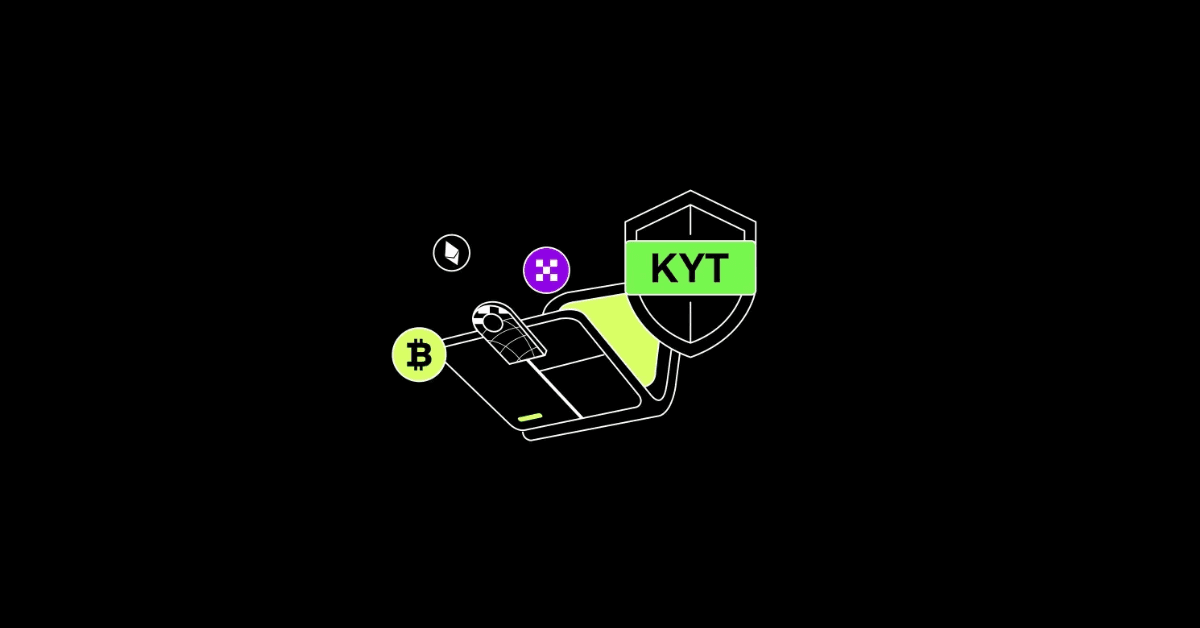Hedging is a crucial strategy in the financial world, especially in cryptocurrency trading, where price volatility is high. This article will explain the concept of hedging in crypto futures trading, practical methods, and its significance.
What is Hedging?
Hedging refers to the practice of opening an opposite position in the futures market to balance the risk of an existing position, such as holding spot assets. This strategy helps mitigate potential losses caused by price fluctuations.
Key Definition:
- Spot Market Position: Buying or holding cryptocurrencies for long-term investment.
- Hedging with Futures: Opening an opposite position in the futures market to offset potential losses in your spot holdings. For example:
- Bullish on Spot Assets: Open a short position in crypto futures (1x leverage).
- Bearish on Spot Assets: Open a long position in crypto futures (2x leverage).
When Should You Hedge?
Hedging is not always necessary but can be highly effective in specific scenarios, such as:
- Anticipating a Temporary Price Drop:
If you believe the price has reached a temporary peak and may experience a short-term correction but remain optimistic about its long-term growth, hedging can protect your portfolio without selling your spot assets. - During Uncertain Market Conditions:
When market trends are unpredictable, or you lack confidence in your ability to monitor the market closely, hedging provides a safety net. - Before Major Announcements or While Sleeping:
Major announcements or market-moving events can cause significant price fluctuations. Hedging can safeguard your investments during these periods of uncertainty.
The Ideal Outcome of Hedging
The goal of hedging is to balance profits and losses between your spot and futures positions. Here’s how it works:
- If the Price Rises:
Spot assets generate profits, while the futures position incurs losses. The net effect is neutral. - If the Price Falls:
Spot assets incur losses, while the futures position generates profits. Again, the net effect is neutral.
Hedging ensures that your portfolio’s value remains stable, regardless of market direction.
Why is Hedging Important?
Hedging serves as a risk management tool rather than a profit-maximization strategy. Its primary purpose is to reduce the impact of price volatility and lock in value.
Core Benefits:
- Price Stability:
By offsetting potential losses in one position with gains in another, hedging minimizes the impact of price fluctuations. - Value Preservation:
Hedging allows you to lock in the value of your assets without selling them, which is especially useful for long-term investors. - Peace of Mind:
It provides a layer of security, enabling traders to hold their positions through volatile market conditions without fear of significant losses.
Real-World Example: Hedging in Agriculture
To better understand the concept of hedging, let’s consider an example from traditional markets:
Scenario:
Imagine a farmer owns 100 acres of cornfields, with the harvest due in two months. The farmer fears that corn prices may drop in the future but notices that the current futures market price is favorable.
Action:
The farmer sells futures contracts equivalent to the expected harvest. Two months later, regardless of the spot price of corn, the farmer effectively locks in the current futures price (assuming no significant basis change).
Result:
- If the spot price drops, the profit from the futures position offsets the loss in the spot market.
- If the spot price rises, the loss in the futures position offsets the gain in the spot market.
This principle applies directly to crypto futures trading, where traders hedge their spot crypto holdings to stabilize value.
The Essence of Hedging
Hedging is not about making extra profits but about securing the stability of your portfolio. By leveraging crypto futures, traders can lock in the future value of their spot assets and mitigate the risks posed by price volatility. Whether you’re a seasoned trader or a long-term investor, understanding and applying hedging strategies can significantly enhance your risk management capabilities.







